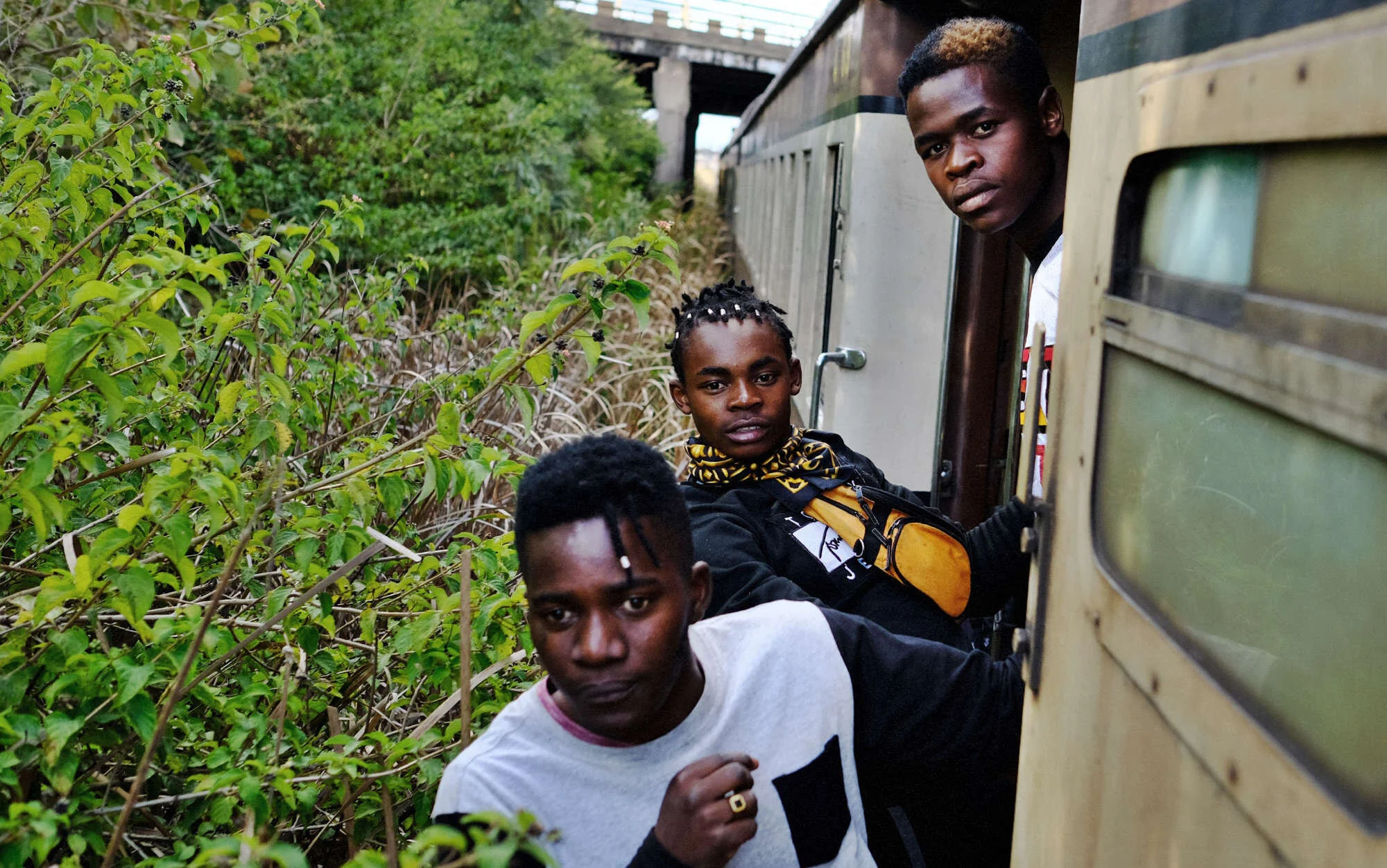In conversation with William Armstrong, the Botswana-born director of Kormac’s music video shot in Zimbabwe
Starring three Zimbabwean acrobats who just so happen to also be real life best friends, the music video for New Day by Irish musician Kormac is an adrenaline-powered expression of freedom and youth. And its depiction of train surfing has garnered it a string of awards and accolades including being shortlisted for a prestigious Cannes Lions. We spoke to Botswana-born director William Armstrong about this spectacular film.
Tell us about your background and how you got into film.
I grew up in Gaborone, Botswana and from early on I was into painting, sketching and graphic design, as well as skateboarding and DJing. When I was at the University of Cape Town, I started making rudimentary videos and realised that I might have more to say with a camera. I ended up in Ireland working for a production company called Antidote and spent three years there figuring out how to get into directing. A commercial for Jaguar got things moving, winning Young Director Award in Cannes. That was six years ago and since then I’ve used TV commercials to practise with the big toys, but it’s my personal projects that have been the most rewarding.
How did the collaboration with Kormac come about?
I had been developing this train rider idea for a while. It’s known about in South Africa, but I had never seen it presented in a stylistic way. I pitched the idea and Kormac loved it – I was on a plane back to South Africa a few weeks later.
How did you hit on the concept and narrative for the film?
Train surfing in SA is insanely dangerous, and while I don’t want to condone it, it is a thrill and a culture that’s specific to South African youth, and that was what I wanted to capture. I spent a week casting, talking to boys who ride around Cape Town. I wanted to get inside the head of a teenager that decides to do this crazy thing.
My focus is on that transition period between being a child and an adult, when responsibility starts to intrude on the freedom of youth. Taking care of family, going to work and having to take every day more seriously, versus the teenager inside who wants to hold onto recklessness and adventure. The finale shows which emotion wins out.
Can you tell us about the cast?
Because the overhead wires on South African lines were too much of a safety issue, we started to look at the diesel-powered trains in Zimbabwe. Carine Tredgold, who runs the Harare Festival of the Arts sent me an amazing demo of three self-taught acrobats from Harare. You could sense their confidence and chemistry as friends.
The lead, Tatenda, is stoic and strong but from some angles you can see the sensitivity in his expressions. Roy and Tapiwa were equally great, I felt Roy had a wild streak in him that suited the role of the friend that distracts our hero away from daily life and into their world of extreme risk. I was really lucky with this cast, they completely carried the narrative and since then they’ve been scouted by a circus in China.
“The tension between adulthood and the impulses of youth transcends any culture”
Were there any eventful moments while producing and filming in Bulawayo?
The most difficult thing to adjust to was that our drone team was denied entry to Zimbabwe. It was just weeks after a grenade had been thrown on stage at a political rally so the borders were on lock down. However, shooting in Bulawayo allowed us to do more than we would have been able to in most cities, include commandeer a train of our own, with a driver and dedicated line of track!
And Bulawayo itself is an interesting place. There is no film industry to speak of, no existing groundwork, so everything we found was from driving every street and knocking on doors. So many lovely people opened up their homes and businesses for us and we were met with such positivity. The dance scene at the end of the film is actually hiding the 300 people from Makokoba township who were standing behind the camera and cheering the cast on.
What do you hope viewers of the film go away feeling?
I was motivated initially by the fact that many Southern African stories are still untold. There is so much depth to uncover - great actors, incredible locations and very relatable human moments that are capable of captivating people around the world. I also I wanted people to connect with our hero and recognise that the tension between adulthood and the impulses of youth transcends any culture. It’s a film about train surfing, but ultimately, I want the audience to be intrigued by the sense of something bigger.










